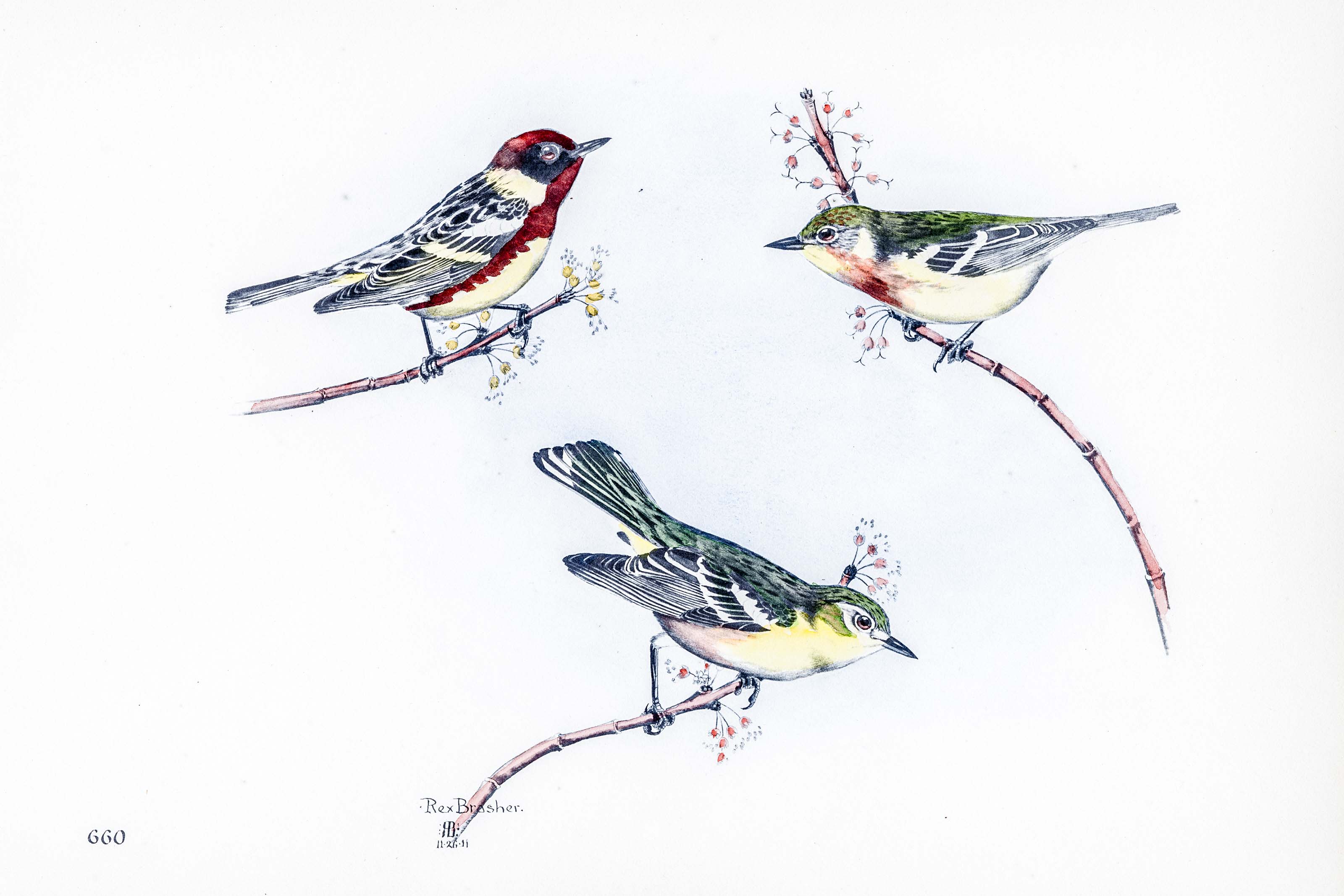
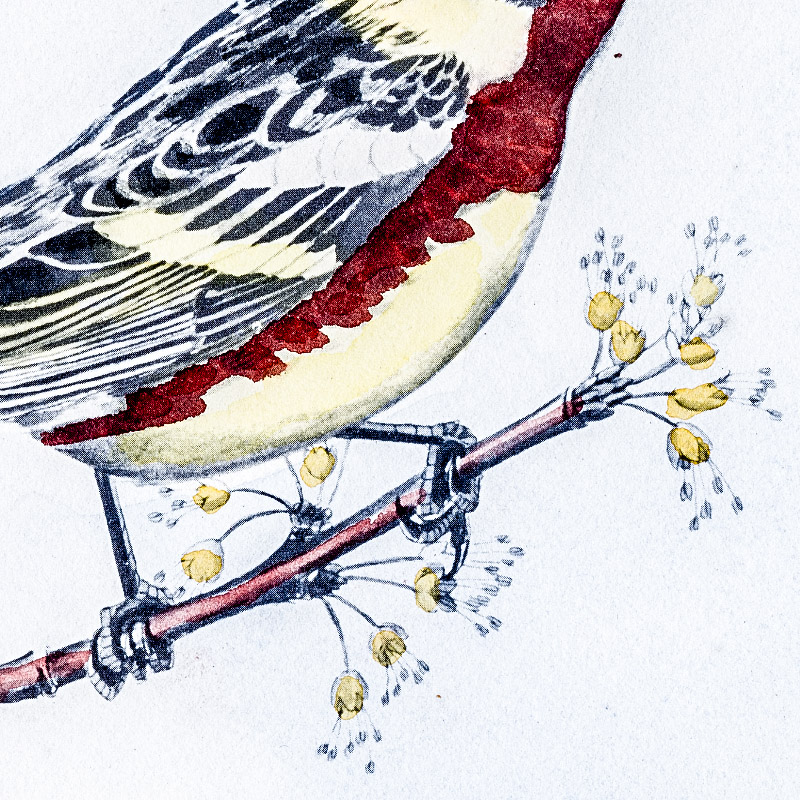
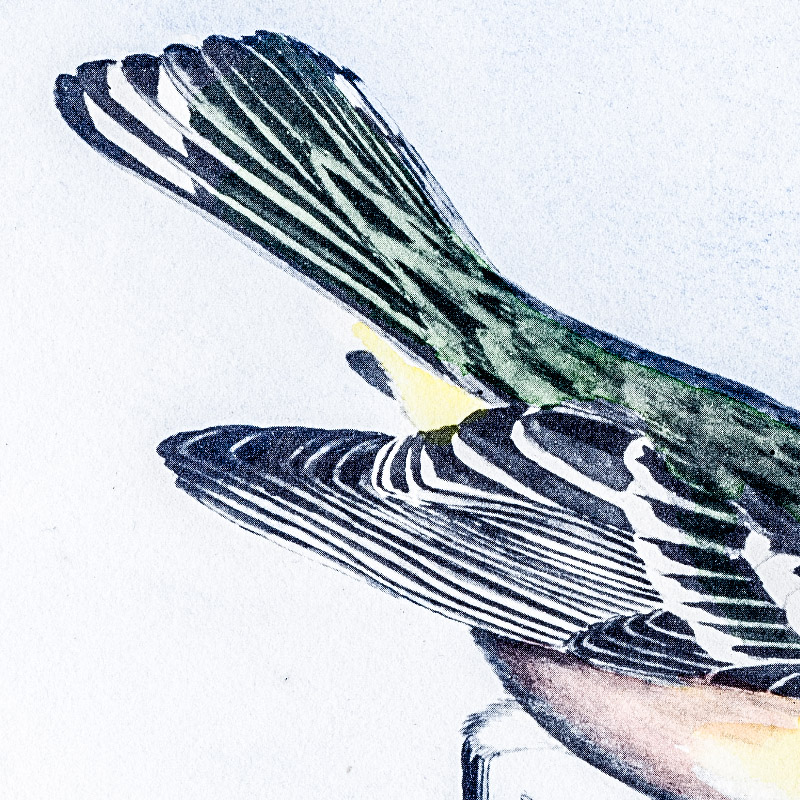
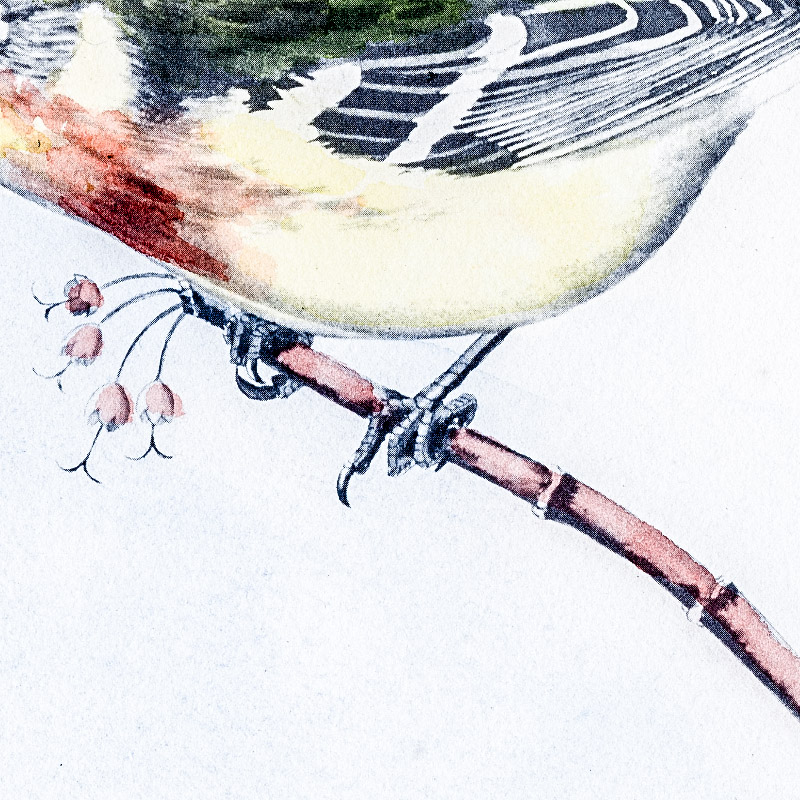
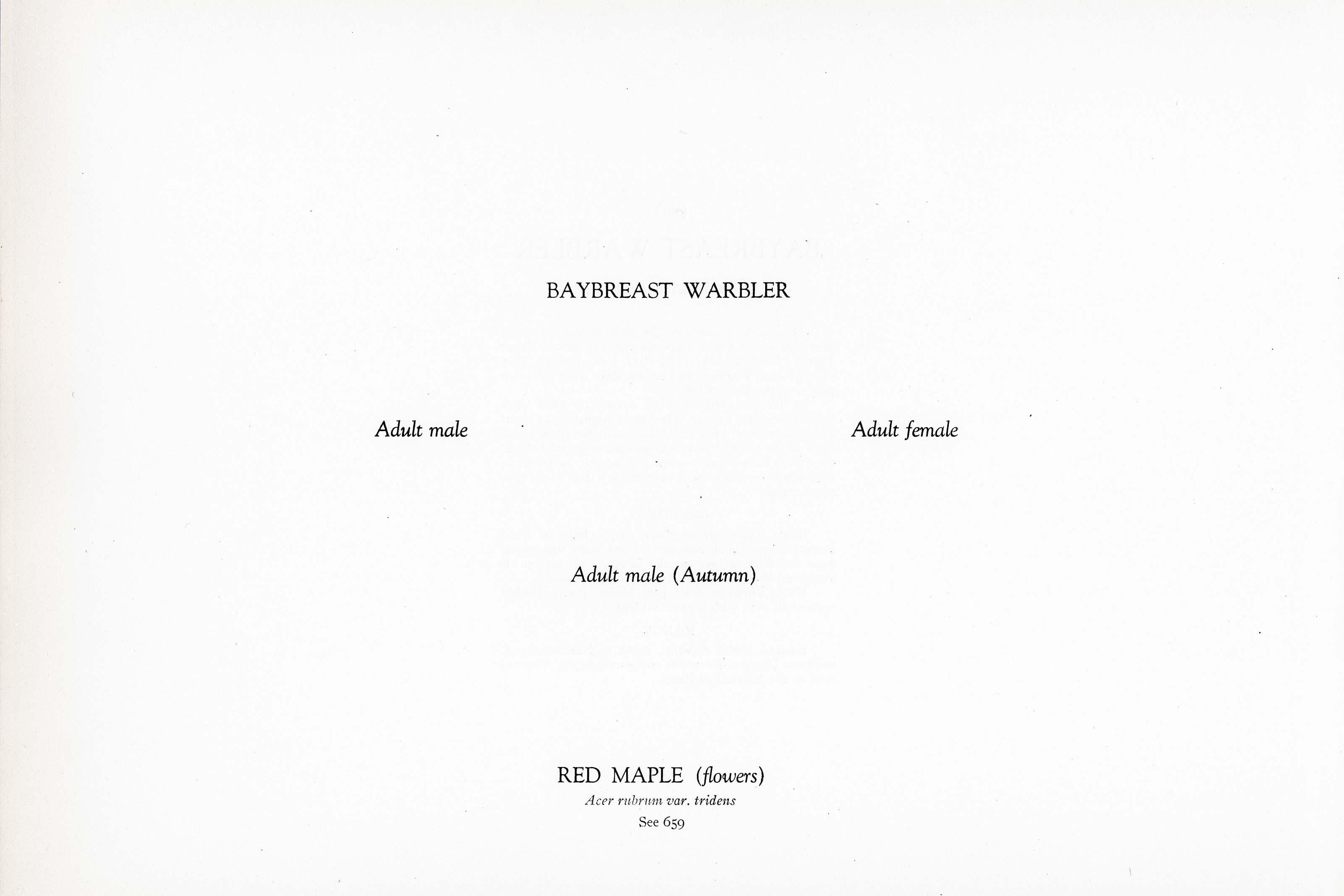


1911
1930
11
660
A team of dedicated board members, volunteers, and student interns has published every page in Volume 9. This volume includes 360 images of paintings and lyrical descriptions of birds, now available online for everyone to enjoy anywhere in the world. This is a monumental task. Each volume requires approximately 400 hours to photograph, edit, transcribe, catalog, and publish online. We need your support to complete this work.
If you're tech-savvy, have a good eye, are meticulous with details, and love structured data, please consider volunteering by emailing us at hello@rexbrasher.org.
We encourage all bird lovers and supporters to consider a monetary donation to support our mission to make Rex's work available for everyone. You can provide a one-time or recurring donation online.
About a mile south, on the crest of the hill, is an overgrown field which was once part of the old Chase Farm. Here, on May 12th, 1924, I ran into an army of migrating Warblers and among them were full companies of the BAYBREAST.
In the white birches were dozens of their dark leisurely-moving forms. They were migrating at about the speed of my walk and I followed them home and there in the orchard trees was another brigade! I think, they must have rendesvoused and agreed to travel in regiments for I saw more on that day than in all previous years.
NEST: Extremely large and rough, built of dead evergreen twigs and compactly lined with fine roots, moss and bark strips; usually located well out on an evergreen limb within twenty feet of the ground.
EGGS: Three to five: pale bluish green, thickly spotted all over with brown and lilac.
Eastern North America, north to Newfoundland. southern Ungava, Keewatin and northeastern Alberta: west to the Mississippi Basin.
This subspecies is distributed from southern New Jersey to southern Florida and on the Gulf Coast to eastern Texas.